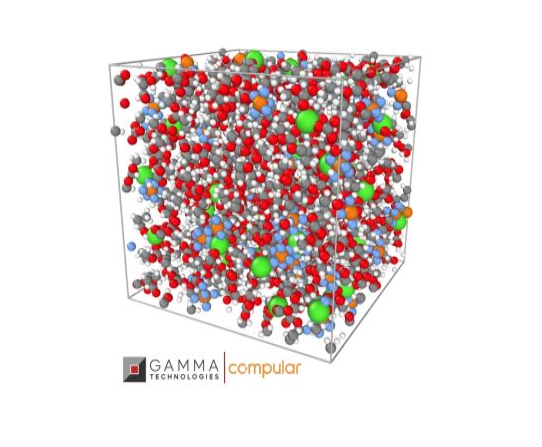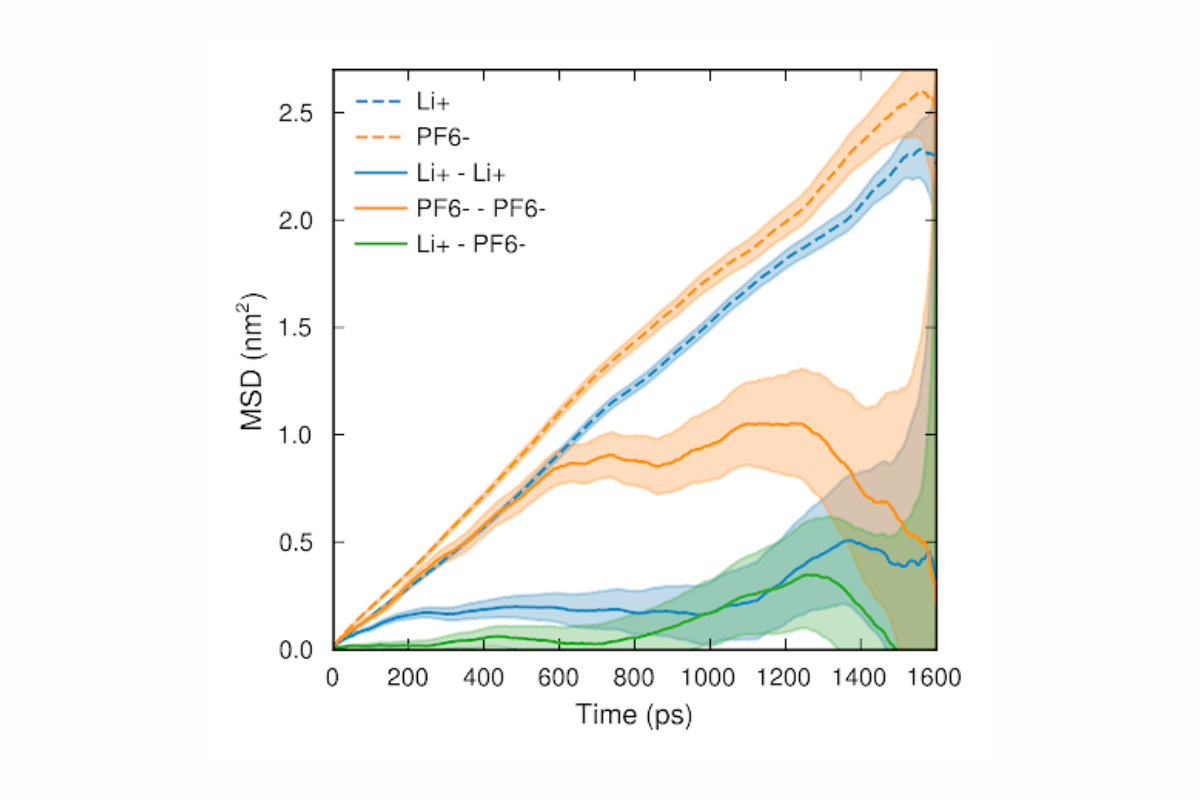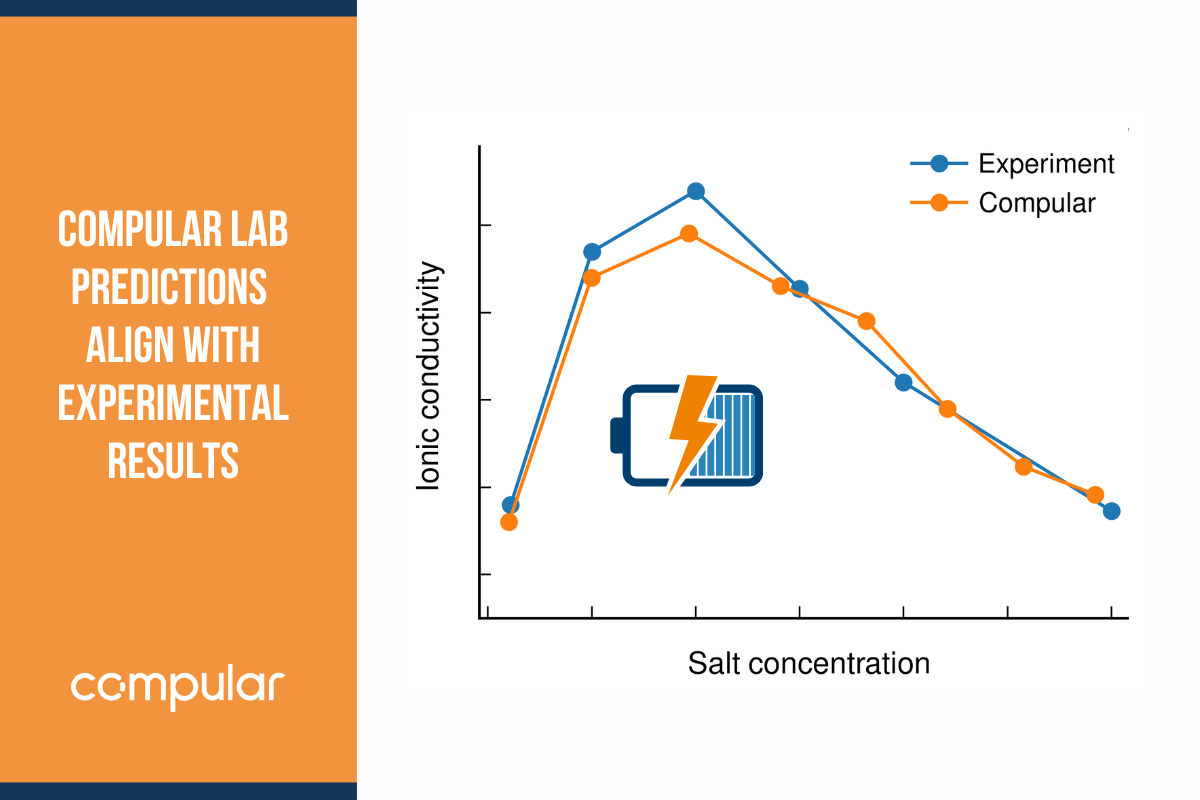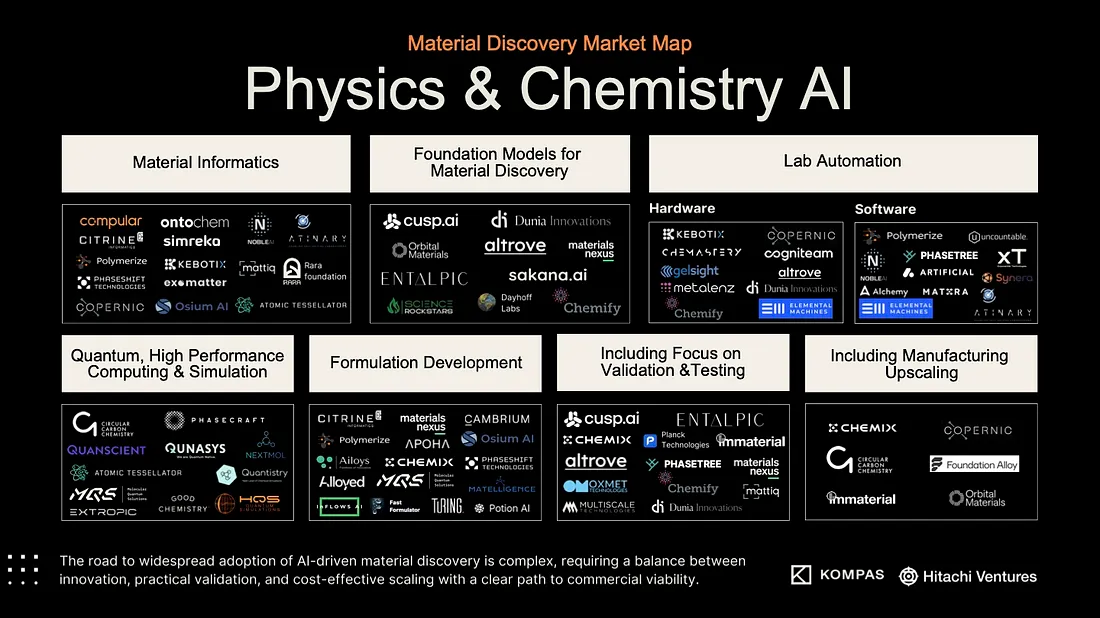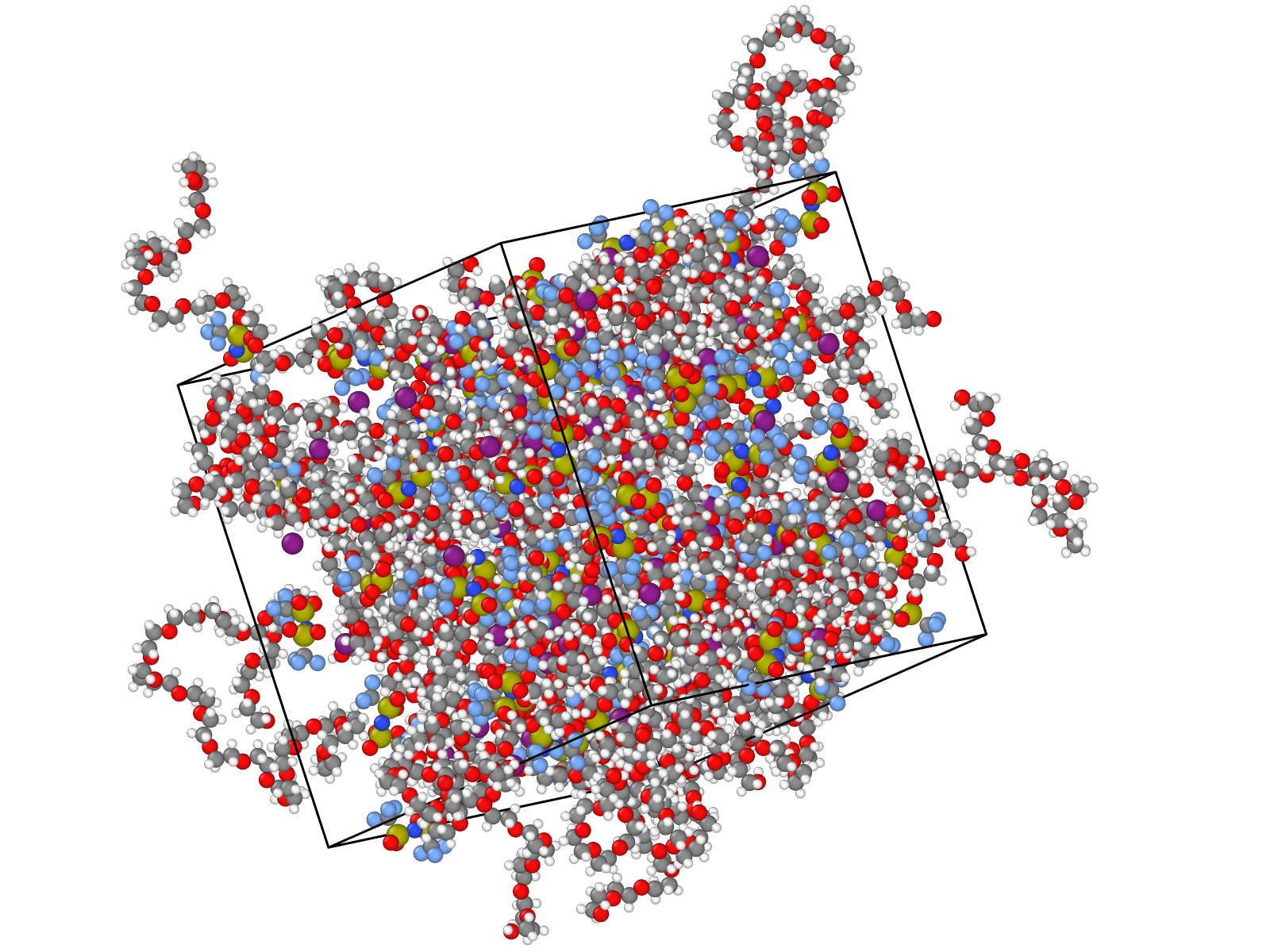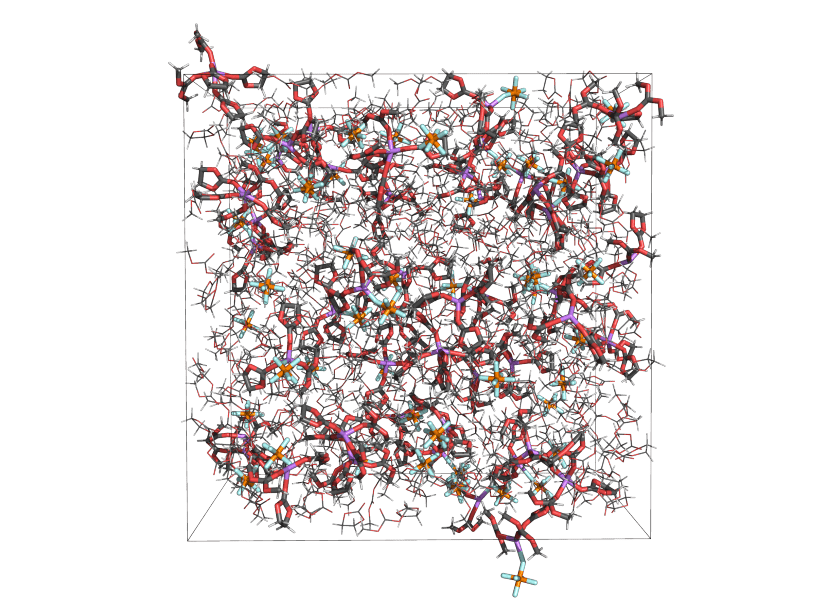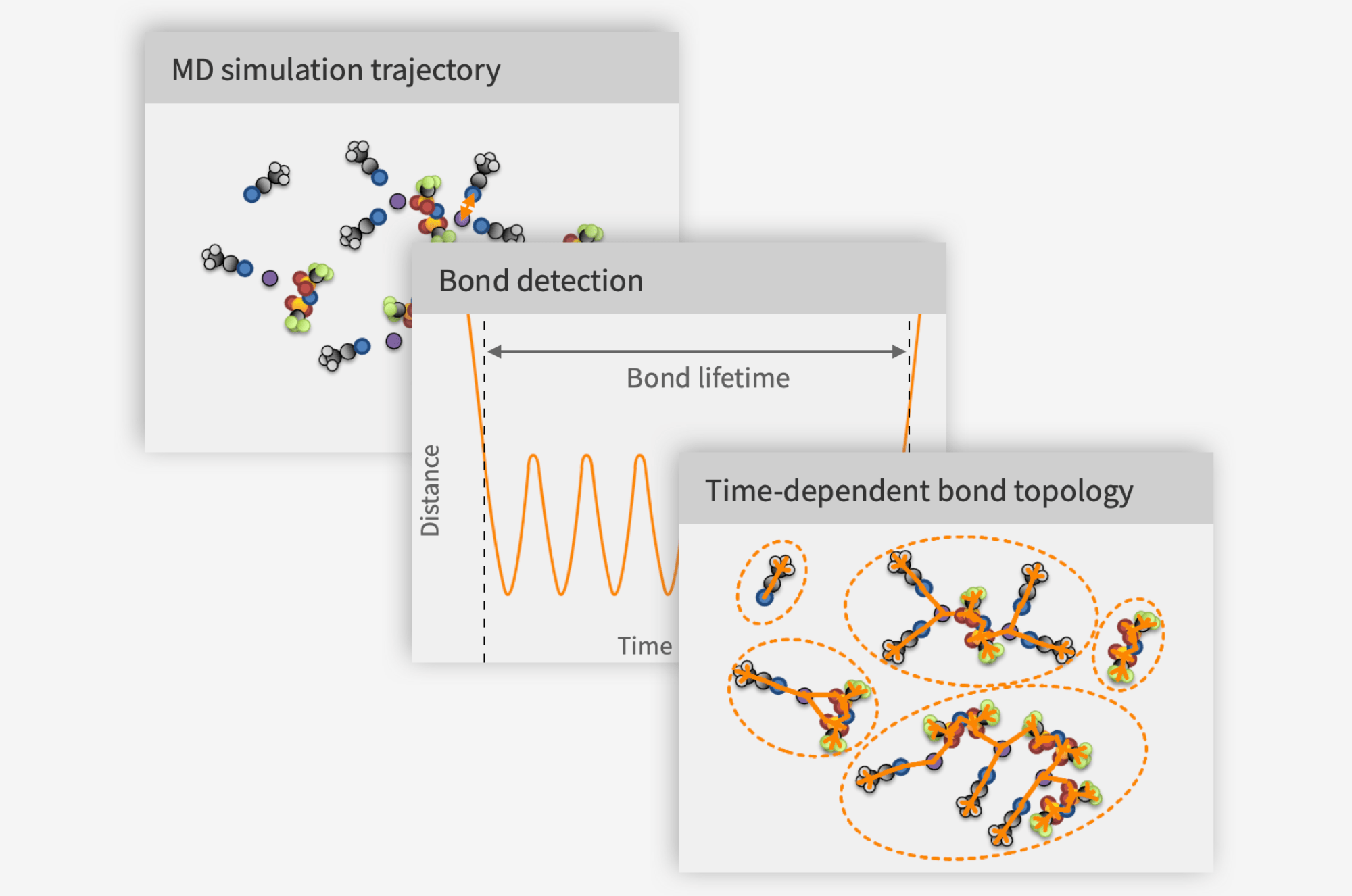We’re thrilled to share that our co-founder, board member, and scientific advisor, Professor Patrik Johansson, was recently appointed Director of the large-scale initiative Battery 2030+ and Professor of Chemistry at Uppsala University.
We took the occasion to ask Patrik some open questions on the state of the battery ecosystem in Europe.
Patrik, the European battery industry has faced some headwinds recently. What do you think the future holds for Europe’s ambitions to become a power player on the battery scene?
While challenging times indeed, I do see that at a European level, we have the political support to create a functional eco-system, as people understand how crucial electrification is and how it must, for environmental, economic, and security reasons, at least partly be our destiny – not depend on others. We have the innovation power and the end-users and their needs, but the challenge, as we all know, is to get the glue in-between – the battery technology and production – in place.
Both in Compular and in your academic research, you have always had computational modeling as one of the tools in your toolbox. How can modelling contribute to the progress of battery research and development?
It comes as no surprise that I iterate what has been claimed for at least 30-40 years by now – that modeling brings deeper understanding and saves money in the R&D stage – in any sector. Yet, today we do not only talk about it – Big Data, digital twins, materials acceleration platforms, AI in various flavors, etc – the list can be long of things used in practice showing the claim to be true. And batteries R&D&I is perhaps one of the prime examples where modeling can make a difference – there are still many unknowns, there are many many different concepts and materials launched and developed, there is a pressure to optimize both processes and production, etc.
Based on your involvement in both university research, industrial/academic networks like Alistore-ERI, and startups like Compular, how do you see that different types of actors in the European battery ecosystem can best work together to make sure that Battery Europe is greater than the sum of its parts?
This is a very good and pertinent question. We are scattered almost by definition. But we do see that the external pressure might create the soil for new alliances. And indeed, both BEPA and Battery2030+ are tools to do this – long-term and large-scale embracing all stakeholders – and at all levels – from the PhD student being trained in a project to having alive European battery and EV industry sectors. My heart, however, beats a bit stronger for home-grown innovations that (almost) can revolutionize the field – and their networks based on excellent application-inspired research, as well as start-ups and scale-ups playing the leading roles.
In your previous role, you were the director for the Graphene Flagship. Zooming out a bit, how do you see Europe stacking up against other blocs? What are our strengths, and what can we improve? What do you think is important for us to get and stay at the forefront of science, technology, and energy?
Again, Europe is not a nation and we are naturally scattered, but given the right conditions we do have the culture and the brains and muscles to stack up. By focusing large-scale and long-term efforts such as the Graphene Flagship and Battery 2030+ this becomes obvious – and also how well-spent the tax-payers money is when we see the new companies created, bringing new jobs and venture capital, alongside technological innovations that are both green and competitive.
We do, however, need to be even faster and leaner – for example by not over-regulating – and I think we also must be even harder on ourselves concerning what is excellent or just “good enough” – as in the end, the latter will not suffice in the global competition. Here the educational system at all levels plays a central role – it must be world-class else we cannot have world-class anything.
For batteries and energy, we should also make sure that we can survive on our own natural resources as much as possible and build smart alliances when needed. And while there is no silver bullet – one largely forgotten factor is the power of the people – they must (be made to) realize and act on that “Made in Europe” is more than just marketing – it is what saves our common future.



